Regulatory
Ushering In A New Era For TV Viewers
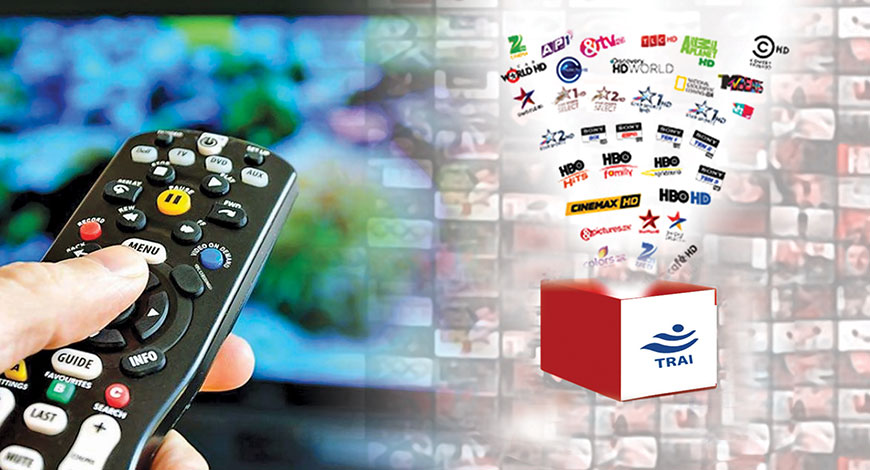
The recently unveiled tariff order and regulatory regime for the broadcast and cable sector by the Telecom Regulatory Authority of India (TRAI) paves the way for consumers to opt for channels they wish to view, and pay only for them. Every channel is offered á la carte, with a transparent display of rates on electronic programme guide. TRAI has provided consumers the option to choose their desired 100 SD channels within the network capacity fee (NCF) capped at `130. Slabs of additional 25 channels are to be offered at `20. The distributors could devise their own plans within these caps and the regulations do not prohibit offering of discounts or lower NCF for additional connections. As implementation was taking time, the Authority extended the timeline for consumers to make their channel preferences to March 31, 2019 from the original February deadline and instructed distribution platform operators (DPOs) to move consumers to a best-fit pack (BFP) that approximated the existing package.
The challenges
There was major reservation at the stakeholders’ end over the new TRAI regime. While the tariff order is expected to bring in much-needed transparency across the industry value chain, the consumers would end up taking the brunt of high pricing, was the stand taken. While broadcasters maintained that it would result in a drop of subscriptions of long-tail, unpopular channels, the DPOs worried that their share of revenue would come down, as did the LCOs. But now the situation seems to be settling down with DTH and cable TV providers coming up with more options. “The law of the land is always complied with, and we are ready to assist our customers with the migration. There may have been difference of opinion, but that does not mean we would be non- complaint,” said Tata Sky CEO, Harit Nagpal.
Dish TV and Tata Sky have unveiled new regional HD and SD mini bouquet packs for their subscribers. Sun Direct is offering long-term plans of upto 6 months, and Airtel Digital TV too has joined the bandwagon. In a recent development, Airtel Digital TV, Tata Sky, Sun Direct TV, and Dish TV have removed the additional NCF on long-term pack for their subscribers.
LCOs
LCOs have been staging protests over the fear of a potential loss in revenues. At present, LCOs and MSOs share revenue in the ratio of 80:20, or as mutually decided. Under the new regime, the TRAI mandates the NCF of Rs 130 for 100 FTA channels be split between MSOs and LCOs in the ratio of 55:45, with no share to the broadcaster. For paid channels, the broadcaster would receive the lion’s share of upto 80 percent and the rest 20 percent would be shared between the MSOs and LCOs. LCOs are demanding the entire NCF, and a share in the revenue of paid channels. They have also appealed that the GST be dropped to 5 percent.
The current LCO standoff has impacted on ground rollout of the new regime, with many consumers not receiving any intimation from their service operators on choosing their preferred channels despite the deadline looming close. As the regime sweeps over the industry slowly, the LCOs are starting to face adversity in the form of subscriber loss. For instance, in Kolkata, the subscribers of LCOs are beginning to migrate to DTH providers for more convenience and quality of service.
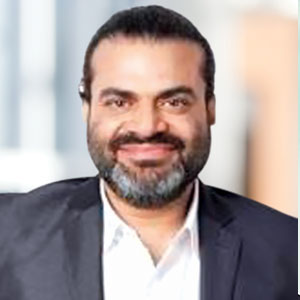 Abneesh Roy
Abneesh Roy
Senior VP, Edelweiss Financial Services
“There are multiple facets to this. For some consumers bills will reduce. For example, restaurants that only have a sports channel, financial companies that subscribe to only one or two channels, will see a dip because they can choose á la carte. But in case of masses, it is highly unlikely it will dip. My sense is ARPUs will increase 5-10 percent. I do not expect much higher inflation because there is a lot of competition from OTT apps already.”
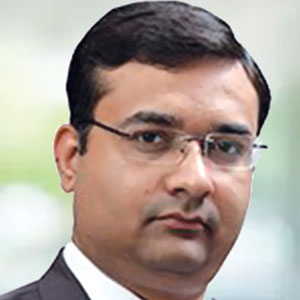 Nitesh Jain
Nitesh Jain
Director, Ratings
“In all this, OTT platforms could emerge as the big beneficiary because many viewers could shift because of rising subscription bills. And low data tariffs also encourage viewership on OTT platforms.”
 Prathyusha Agarwal
Prathyusha Agarwal
CMO, Zeel
“The consumer is going to relocate their monthly budget on channels they really love and on channels they won’t mind shelving. If we consider consumers who can pay `350 a month then the pricing is in their budget. But for consumers who can pay `250, a bit of reallocation will happen.”
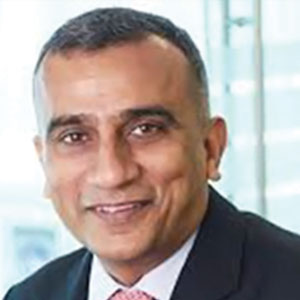 Sudhanshu Vats
Sudhanshu Vats
Group CEO, Viacom18 Media Private Limited
“As the distribution becomes more equitable, the quality of content will go up because content has to be driven more by pull and not necessarily through push.”
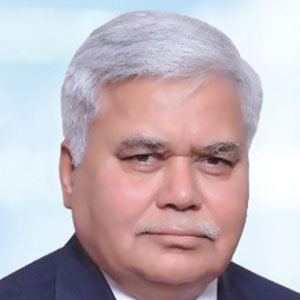 RS Sharma
RS Sharma
Chairman, TRAI
“The new framework will reduce overall prices for consumers, raise transparency, and act as a cleansing exercise. TRAI has barred fixed fee deals, and the revenue streams will now be completely synced with the number of viewers of a channel. This is a great framework which has been validated by the highest court of the land, but there are certain stakeholders who are trying to create misconceptions that consumer bills are going to rise. It is bogus. The hyperbolic fear that consumers will have no choice under the new structure is baseless.”
 Jasal Shah
Jasal Shah
Managing Director and CEO, Velocity
“The opinion on the new TRAI rules weighs slightly more to the positive side as more than 50 percent say that it allows them to choose the channels that they want to watch and hence the cost per channel is not an issue. But an equal majority of about 40 percent claim that by the new regulation they get fewer channels for the same price they had paid earlier. In other words, TV subscription costs have become expensive. Close to 5 percent are not even aware of this new regulation. The new rule might drive consolidation in the broadcasting industry as content will be the king and critical divergence. Meanwhile, Netflix, Hotstar, Amazon Prime, and other such streaming services may be the inadvertent beneficiaries, as the move may bring in more subscribers to the OTT platforms, as the viewers could shift due to the rising subscription bills.
This is based on of a pan India study of a sample size of 2010 respondents and covering prominent Indian cities including Delhi, Kolkata, Mumbai, Hyderabad, Bangalore, Chennai, Ahmedabad, and Pune”.
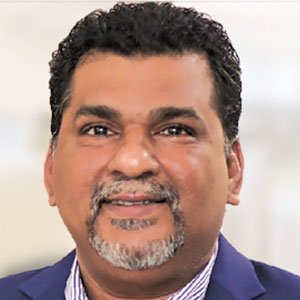 Vynsley Fernandes
Vynsley Fernandes
CEO, IndusInd Media & Communications Ltd.
“The initial migration data shows that customer ARPUs have gone down across all socio-economic strata and across all markets. There is anywhere between 5 percent to 15 percent reduction in absolute tariffs. There will certainly be exceptions to this, but we believe that will be limited to higher net-worth individuals, institutions/hotels and other such consumer segments. The NTO brings transparency to the business – all DPOs can now access TV content at the same price unlike earlier. Clearly, the disruption, though big, is temporary and the NTO will restore the balance equitably between all stakeholders across the chain—from the producer to the customer. The tariff order looks at transparency not just in letter but also in spirit. We are all used to overabundance of content, so whether we pay Rs 1000 or Rs 100, we expect that basket to contain everything. But now people have understood that if you like something, you pay for it. And the tariff regime actually brings about that change. By bringing this new framework, the entire ecosystem is now legitimized. There’s now a paper trail to run your business.”
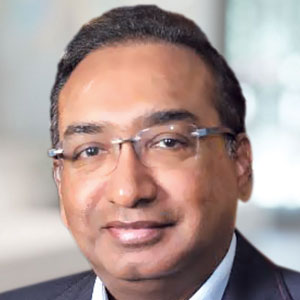 Sameer Nair
Sameer Nair
CEO-Content Studio, Applause Entertainment Pvt. Ltd.
“The bundling of channels by broadcasters and offered by DTH and cable operators to consumers resulted in an incredibly low-cost proposition, making television in India one of the cheapest in the world. The unbundling of the broadcast channels may impact subscription revenues in the short term, but over a slightly longer time frame, the concept of pay less for less, pay more for more will kick in. While making a Best Fit Plan for a subscriber, DPOs should ensure that payout per month of the Best Fit Plan generally does not exceed the payout per month of existing tariff plan of the subscriber.”








You must be logged in to post a comment Login